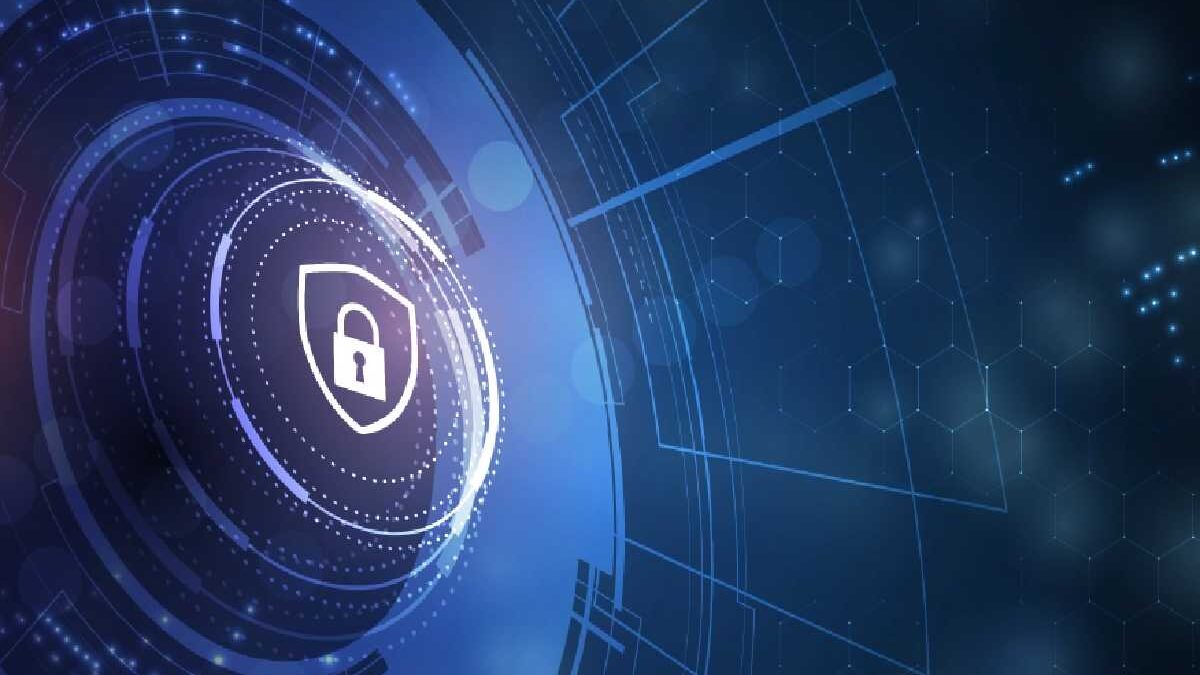In today’s digital-first world, cybersecurity in 2025 has become one of the most critical aspects of modern life. With businesses, governments, and individuals relying heavily on technology, the risks associated with cyberattacks continue to grow. From data breaches to ransomware attacks, the threat landscape is more complex than ever before.
This comprehensive guide will walk you through what cybersecurity is, why it matters, the most common threats, and the best practices to stay safe online. Whether you’re a business owner, IT professional, or everyday user, understanding cybersecurity is essential for protecting your personal and professional information.
Table of Contents
ToggleWhat is Cybersecurity?
Cybersecurity refers to the practice of defending computers, servers, mobile devices, networks, and data from malicious attacks. It involves a mix of technologies, processes, and best practices designed to safeguard systems from unauthorized access and cybercrimes.
At its core, cybersecurity focuses on three main principles, often called the CIA Triad:
- Confidentiality – Ensuring that sensitive information is accessible only to authorized individuals.
- Integrity – Ensuring that data remains accurate and unaltered by unauthorised parties.
- Availability – Keeping systems and data accessible when needed, even under attack.
Why Cybersecurity Matters in 2025
The digital economy is booming, and so are cyber threats. According to recent reports, cybercrime is projected to cost the global economy over $10.5 trillion annually by 2025. This staggering figure highlights why cybersecurity is no longer optional—it’s a necessity.
Key Reasons Cybersecurity is Crucial:
- Data Protection: Personal and financial data are prime targets for hackers.
- Business Continuity: Cyberattacks can halt operations, causing revenue loss.
- Reputation Management: A single data breach can damage customer trust permanently.
- Legal Compliance: Regulations like GDPR, HIPAA, and CCPA require strict cybersecurity measures.
Common Types of Cyber Threats
Understanding the different kinds of cyber threats helps individuals and businesses prepare better defences. Below are some of the most common threats in 2025:
- Phishing Attacks
Phishing is a type of social engineering attack where cybercriminals trick users into revealing sensitive information, usually through fake emails, messages, or websites.
- Ransomware
This malicious Software locks users out of their devices or encrypts their data, demanding payment (often in cryptocurrency) to restore access.
- Malware
Short for “malicious software,” malware includes viruses, worms, and trojans designed to damage or exploit systems.
- Distributed Denial-of-Service (DDoS) Attacks
These attacks overwhelm servers with traffic, making websites or services unavailable to legitimate users.
- Man-in-the-Middle (MitM) Attacks
Cybercriminals intercept communication between two parties, often to steal login credentials or financial data.
- Insider Threats
Employees or contractors with legitimate access may intentionally or accidentally cause data breaches.
Emerging Cybersecurity Trends in 2025
The cybersecurity landscape evolves rapidly. Here are some of the biggest trends shaping the field today:
- AI-Powered Security: Artificial intelligence helps detect anomalies and prevent attacks faster.
- Zero Trust Framework: Instead of trusting anyone inside the network, this model verifies every user and device.
- Cloud Security: With businesses moving to the cloud, securing cloud data has become a top priority.
- IoT Security: As smart devices grow, so do vulnerabilities in the Internet of Things ecosystem.
- Cybersecurity Regulations: Governments worldwide are enforcing stricter data protection laws.
Best Practices for Staying Safe Online
Cybersecurity isn’t just the responsibility of IT departments—it’s everyone’s responsibility. Here are practical steps individuals and businesses can take to enhance their digital safety:
For Individuals
- Use Strong Passwords: Create unique, complex passwords for every account.
- Enable Multi-Factor Authentication (MFA): Add an extra layer of protection beyond passwords.
- Keep Software Updated: Regular updates patch security vulnerabilities.
- Be Wary of Links and Attachments: Don’t click suspicious links in emails or texts.
- Use Secure Wi-Fi: Avoid using public Wi-Fi without a VPN.
For Businesses
- Employee Training: Educate staff on recognizing phishing and other scams.
- Regular Backups: Maintain secure backups to recover from ransomware attacks.
- Implement Firewalls and Antivirus: First lines of defence against malicious traffic.
- Access Controls: Limit system access to only those who need it.
- Incident Response Plan: Have a clear plan for responding to breaches.
SEO-Friendly Cybersecurity Tips for Businesses
If you run a business website, cybersecurity isn’t just about protection—it also affects your SEO. Search engines penalise hacked sites or those with malware. Here’s how cybersecurity and SEO intersect:
- SSL Certificates: Secure websites (HTTPS) rank higher on Google.
- Website Monitoring: Regular scans prevent blocklisting.
- Fast Loading Speed: Security measures like content delivery networks (CDNs) also boost performance.
- Safe Plugins and Themes: Avoid vulnerabilities in CMS platforms like WordPress.
Future of Cybersecurity
As technology advances, so will cyber threats. The future of cybersecurity will likely focus on:
- Quantum Computing: While it offers stronger encryption, it also poses risks if misused.
- Biometric Authentication: Face recognition and fingerprints will become more common.
- Automated Threat Detection: AI will take centre stage in proactive defense.
- Global Collaboration: Governments and businesses must work together to fight cybercrime.
Final Thoughts
Cybersecurity in 2025 is no longer just an IT issue—it’s a global concern that affects everyone. From phishing scams targeting individuals to ransomware attacks crippling entire corporations, the risks are real and growing.
By staying informed, adopting best practices, and embracing new technologies, both individuals and businesses can defend themselves against evolving threats. Remember, cybersecurity is not a one-time task—it’s an ongoing process.

